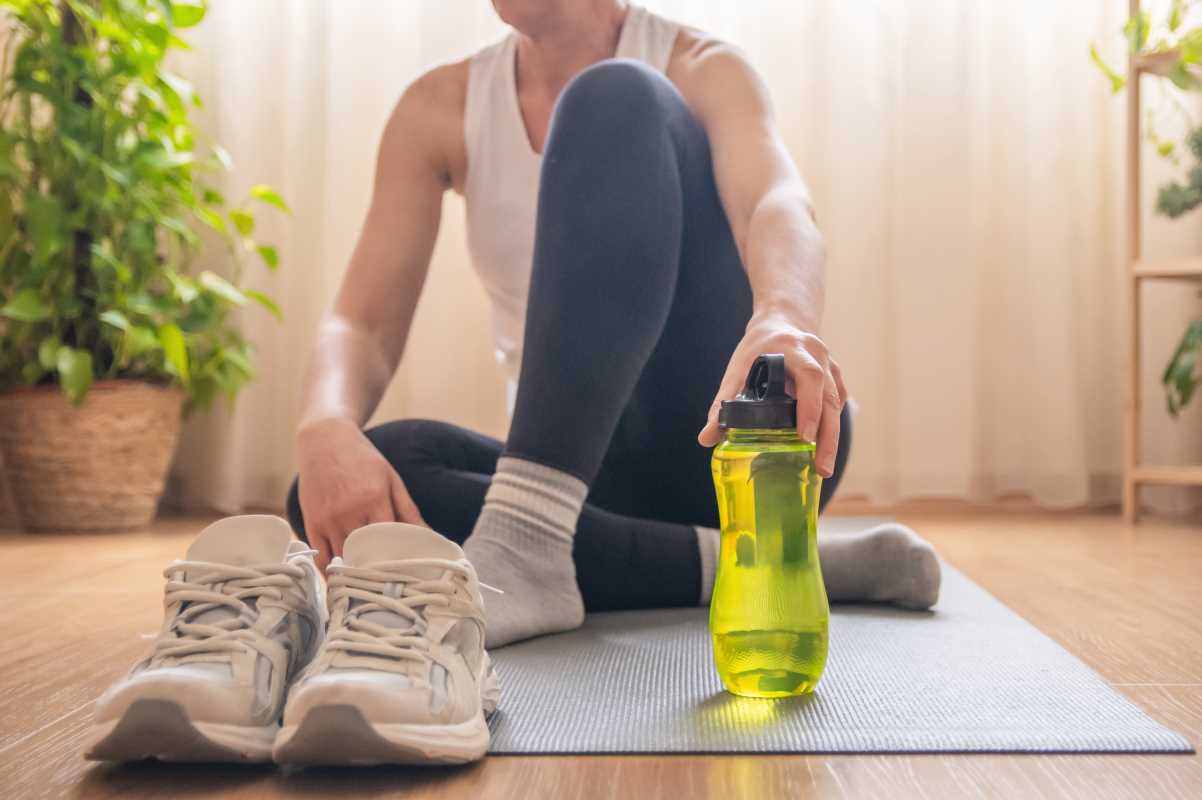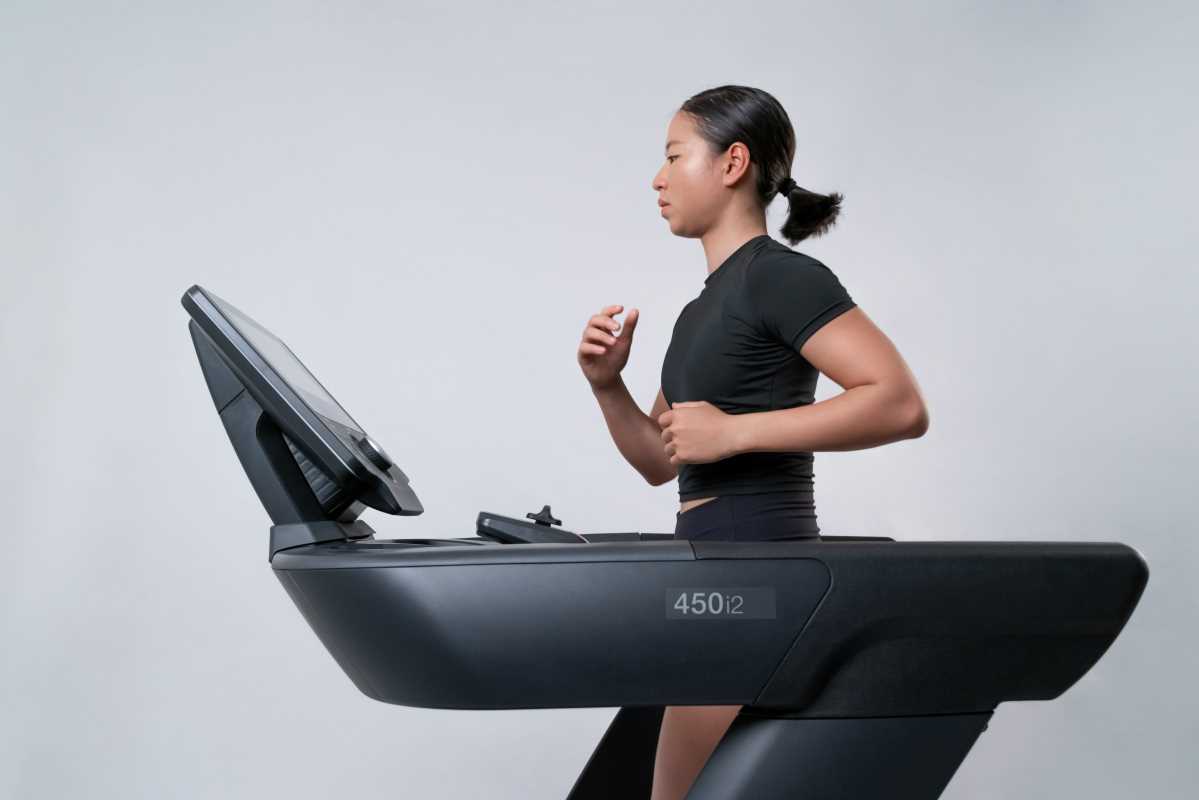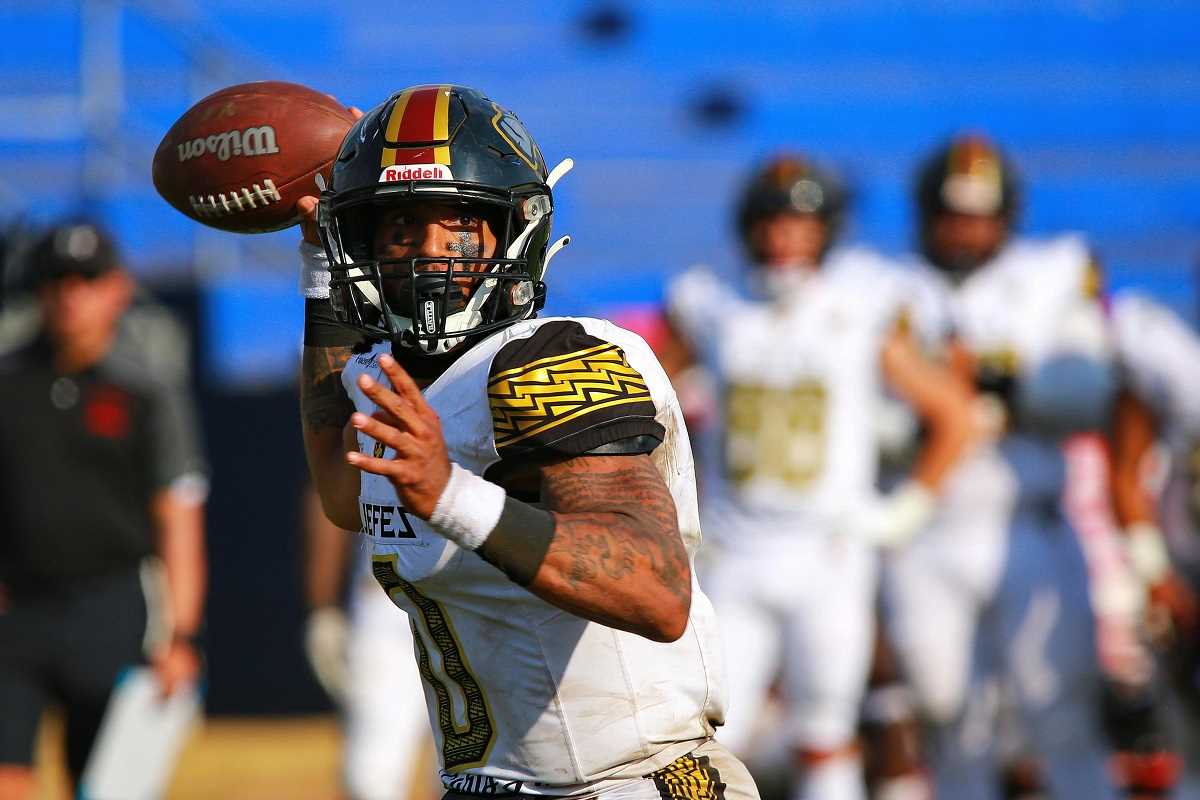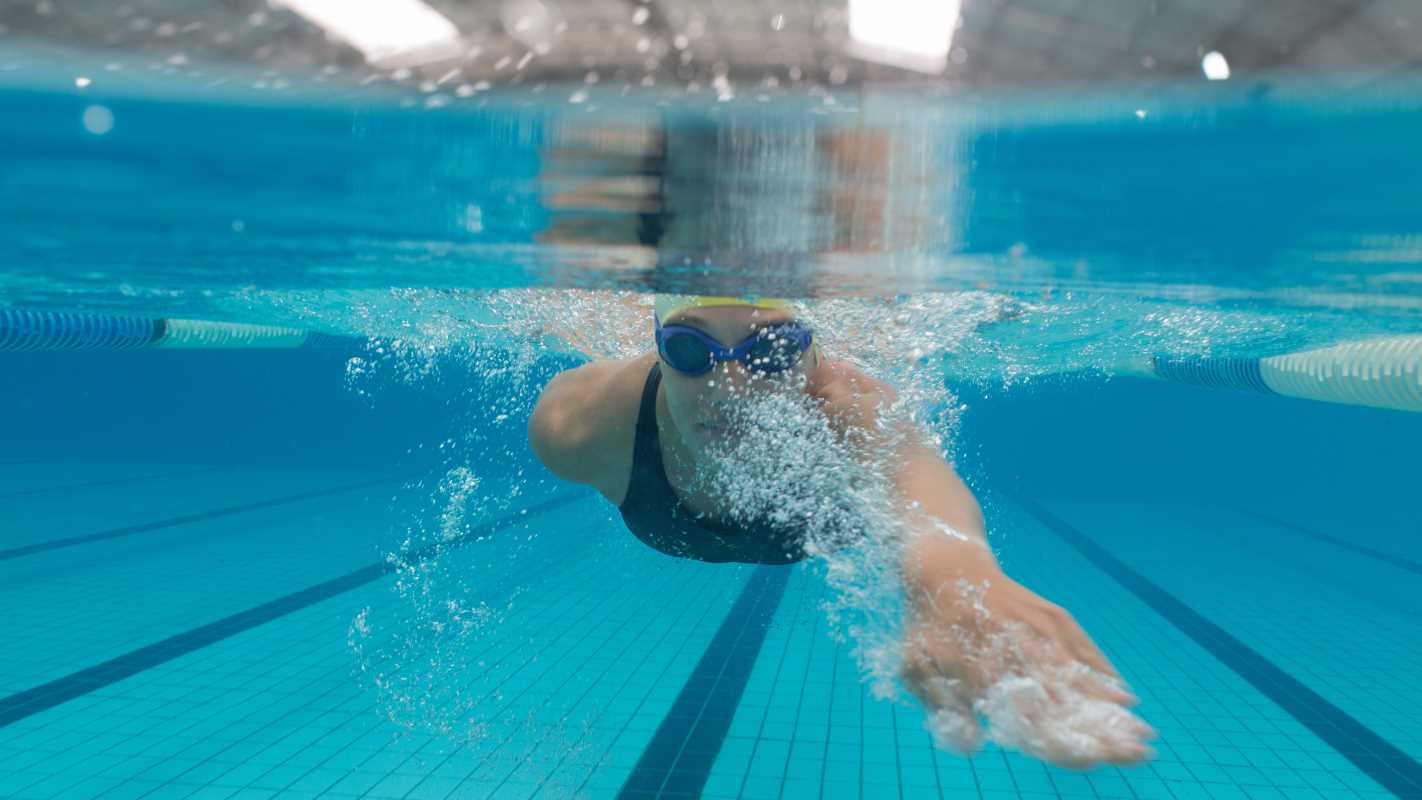Recovering from a sports injury often feels frustrating, but modern recovery tools help you bounce back more quickly. Advanced scans, specialized therapies, and digital trackers combine to pinpoint injuries and support your comeback. These innovations not only speed up healing but also encourage you to stay engaged in your training. By using the latest techniques, you can address setbacks effectively and build greater resilience for future performance. This guide explores how new recovery methods and technologies can make your rehabilitation process smoother and help you return to your favorite activities stronger than before.
We’ll explore diagnostic breakthroughs, hands-on treatments, customized rehab routines, data-powered wearables, and smart monitoring to prevent repeat injuries. Real success stories demonstrate how these tools enhance performance rather than hinder it.
Innovations in Diagnostics and Early Detection
- Portable ultrasound devices help trainers capture muscle tears on the field.
- Blood-based biomarkers indicate inflammation before pain peaks.
- 3D motion-capture goggles identify abnormal joint stress.
- AI-driven MRI scans reveal tiny ligament damage.
Portable ultrasound units allow trainers to scan an injured calf or shoulder immediately after an incident. That quick check guides treatment in real time. Meanwhile, finger-prick blood tests identify elevated cytokines, letting you know inflammation has started even if soreness hasn’t increased.
Goggles using 3D motion tracking observe movement patterns as you sprint or jump. When a knee shifts inward, the system triggers an alert. On a pro basketball court, one player adjusted her landing mechanics after real-time feedback, avoiding a likely ACL tear.
Advanced Treatment Modalities
Regenerative injections use platelets or stem cells to speed up healing. Athletes who receive platelet-rich plasma for tendon injuries often report faster pain relief and stronger tissue repair. Some Olympic runners cut their recovery time by weeks.
Cold laser therapy applies focused light to promote cell repair and control swelling. Therapists direct low-level lasers to strained muscles, and users notice a smoother return to full strength. Combining this with anti-gravity treadmills reduces joint stress while you rebuild your running form.
Personalized Rehabilitation Plans
- Evaluate functional capacity with dynamic strength tests.
- Set short-term goals, such as restoring full knee bend within two weeks.
- Use cross-training like swimming to maintain cardiovascular fitness.
- Implement progressive loading: increase weight or resistance gradually.
- Monitor movement quality with video feedback to prevent compensation patterns from developing.
Instead of following generic rehab handouts, athletes now receive plans tailored to their sport requirements. For a sprinter, that involves explosive hip drives; for a skier, side-to-side stability exercises. Physical therapists combine strength, flexibility, and agility drills into a sequence that changes every session.
Video analysis tools enable you to compare your form from week to week. When a scout notices your loaded jump height improves and your landing bend becomes better, you know the rehab is reaching key targets. This focused approach reduces wasted effort and maintains motivation.
Integrating Wearable Tech and Data Analytics
Smart compression sleeves and sensor-packed sleeves monitor muscle oxygen levels in real time. When oxygen drops below the target, coaches modify training load or switch to recovery mode. This immediate insight prevents microtears from developing into major strains.
Teams connect GPS trackers, heart-rate monitors, and gyroscopic sensors to cloud dashboards. Data analysts identify trends and recommend rest days before fatigue leads to injury. One pro soccer team reduced hamstring pulls by 40% after adopting these tools and adjusting drills based on player workload.
Monitoring Progress and Preventing Re-Injury
Regular functional movement screens catch quietly returning limitations. When an athlete shows decreased ankle dorsiflexion or hip rotation, trainers focus on corrective exercises. That careful attention often prevents a second injury that could have been half as painful as the first.
Home-based biofeedback devices allow players to self-check their range of motion and strength. Push against a smart band and view live charts of your output. If your leg press force falls short of the target, you pause heavy lifts and focus on mobility until you reach your benchmarks again.
These innovations help athletes recover faster and prevent future injuries by using advanced scans, targeted therapies, personalized rehab, and data-driven wearables.
 (Image via
(Image via





